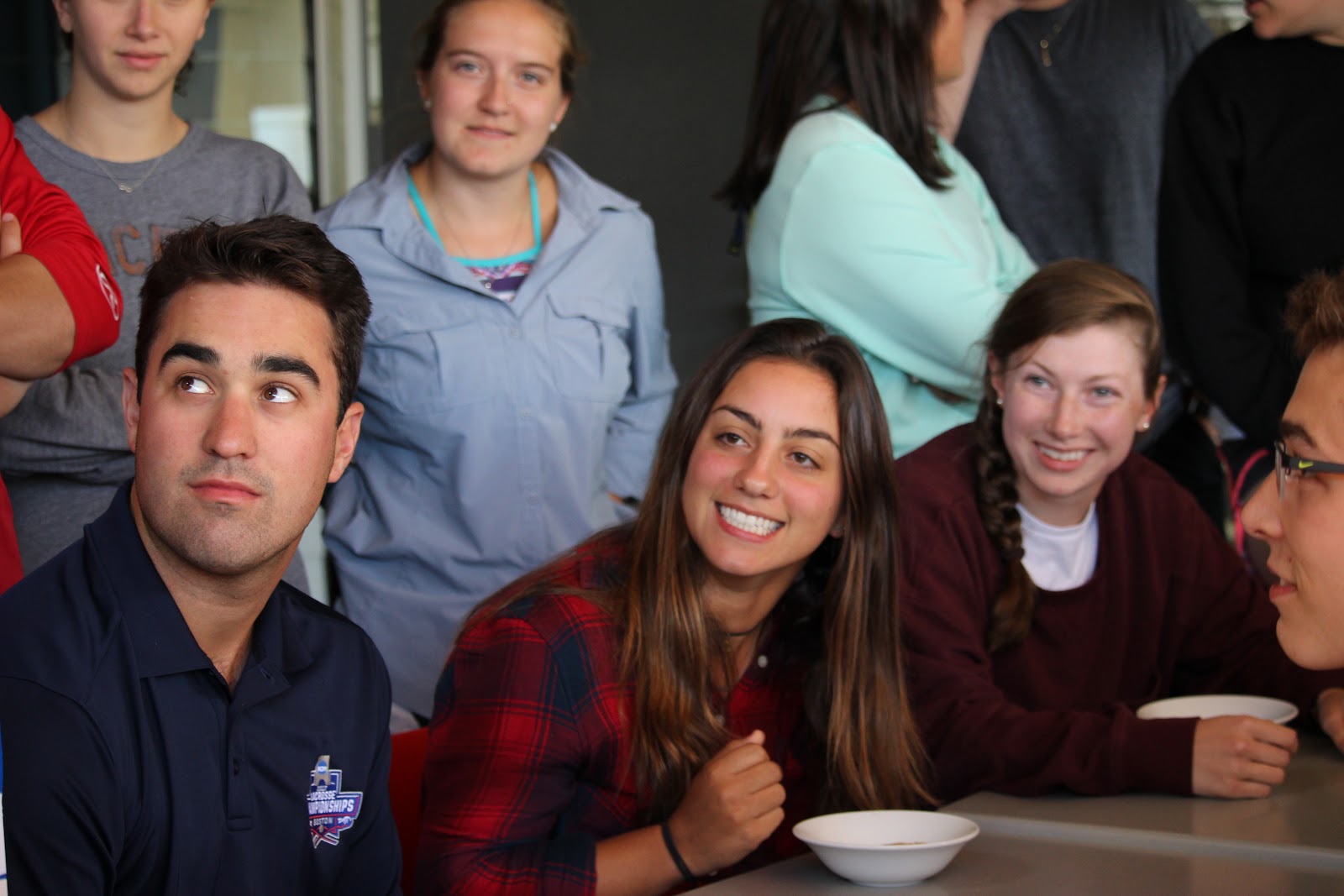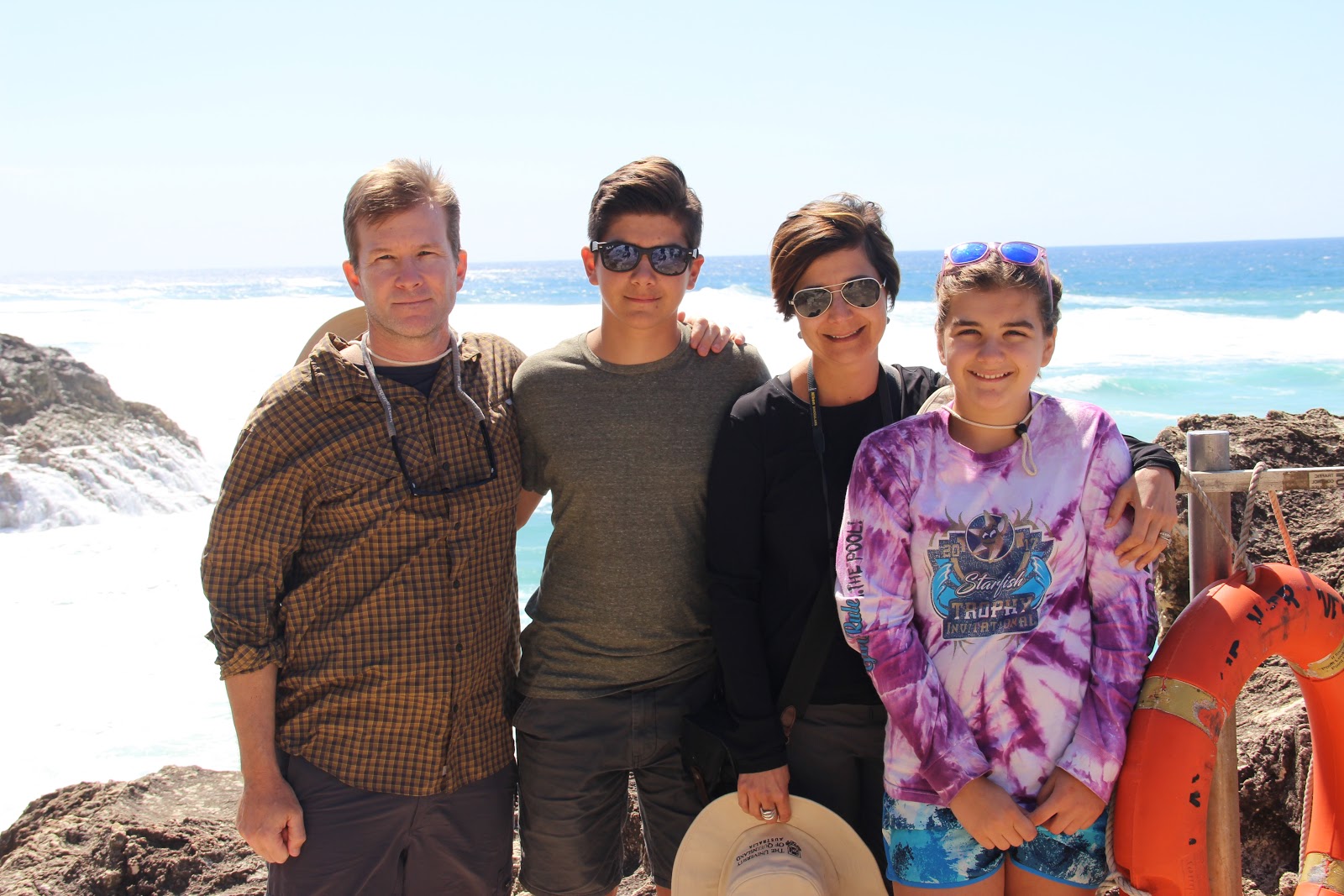A week ago I went to North Stradbroke Island with 25 college students, 3 professors, my family and a nice bus driver named Brentan. The locals call the island Straddie for short, so that is what I am going to call it. On Straddie, we stayed in a little house that was the color teal. The house was a one-floor house stuck in the 1950’s. The whole house was covered with pastel colors and jelly belly patterns. No joke. It was really cute. The house had a front porch, and we loved to sit out there and watch the sunset at the end of the day.
On Straddie, we spent most of our time at the University of Queensland marine research station, where we went to lectures. The lectures were taught by a professor named Tom Cribb. Tom Cribb is a marine biologist that studies parasites in fish and other marine animals. He has identified over 1,000 parasites in fish.
As part of the class, Tom took us on a few trips around the island. My favorite was when we went to a beach called Cylinder Beach, and we played football, soccer and swam. We also climbed a big rock. From the big rock, we saw a humpback whale.
One day during low tide, we all went out searching for creatures and shells in front of the research station. We found a bunch of oyster shells, a large starfish, a needlefish, giant sea cucumbers, coral, and sponges.
One of the sponges we saw was the poisonous, black slimy sponge. I didn’t touch it. On the last day, we went to Point Lookout for a walk on the boardwalk. From the lookout, we could see more whales and dolphins and we even saw THREE wild kangaroos next to the path!
One day during afternoon tea at the research station, Tom brought out a box of Weet-Bix and said, “So guys, we are going to have a contest, to see who can eat the fastest. Now what you will be eating is a piece of so called food that looks like cardboard and tastes like cardboard, but is actually compressed cereal flakes that are really dry. Good luck.” The students were split up into three different groups and whoever ate their bar first moved onto the final round. The student who won the challenge was Will, and he is from Union College. I didn’t try the Weet-Bix, but I know at least one of the students liked them, even though they looked really dry.
 |
| student excited for the WEAT-BIX challenge |
Tomorrow morning we are leaving really early for a camping trip. I am not going to have internet. I promise to write more when I get back next week. I hope everyone is having a great time back to school!
Fun fact: The sea cucumber when it’s under its last resort for self-defense, it poops out all of its organs. We learned that first hand.
 |
| Family photo |
